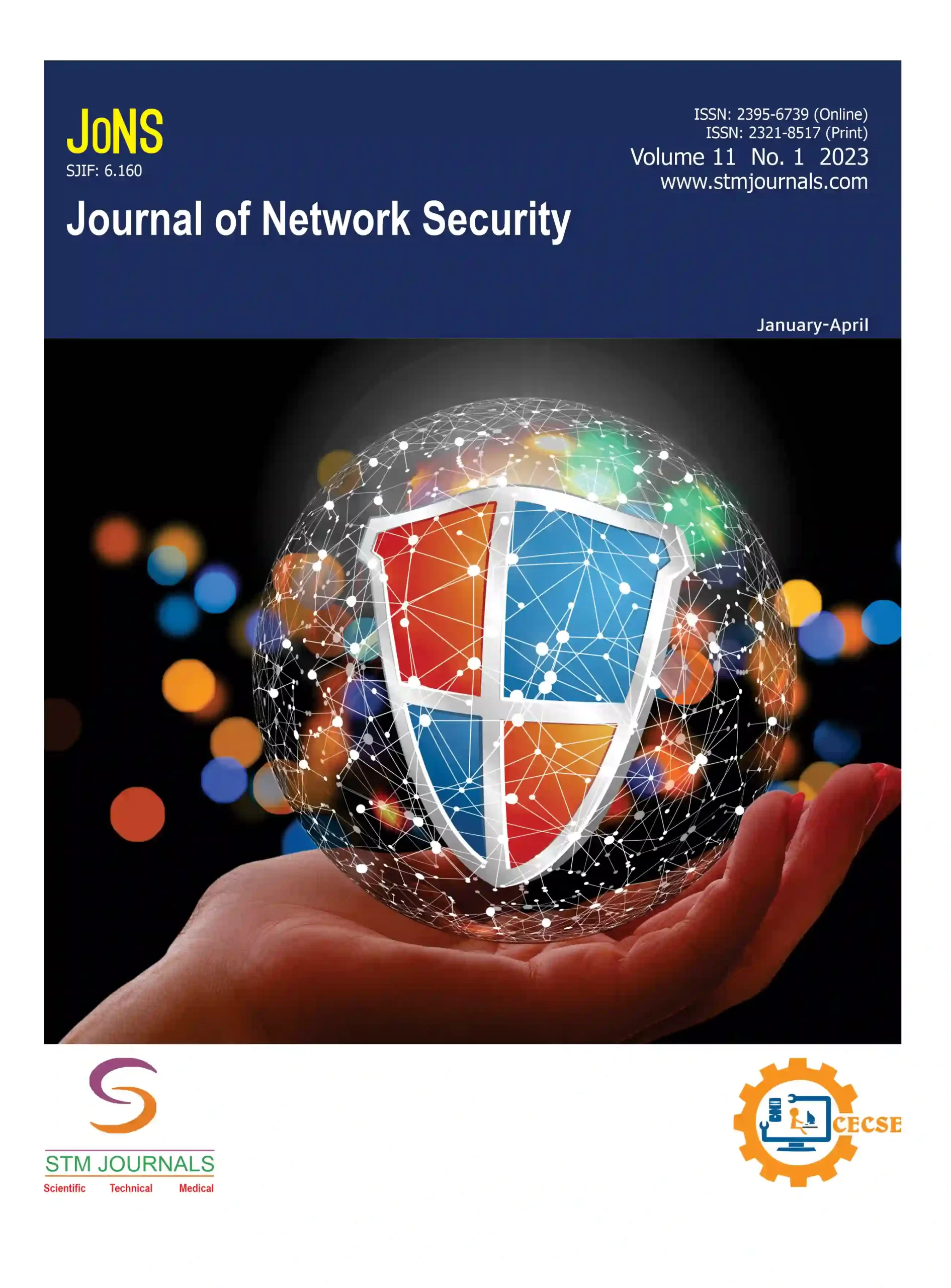Open Access

Waseem U. Zaman,

Beenish Shabir,

Shehla Rafiq,
- Research Scholar Central University of Kashmir Jammu and Kashmir India
- Research Scholar Central University of Kashmir India
- Assistant Professor Central University of Kashmir Jammu and Kashmir India
Abstract
In the world of cyberspace, presentation attacks (PA) on biometric systems have grown to be a major worry. The review of the literature suggests that these systems are more susceptible to spoofing or presentation attacks (PAs), which frequently cause the authentication or identification system to completely fail. To combat against presentation attacks (PAs), the presentation attack detection (PAD) or anti spoofing methods have been developed to validate the liveness of the fingerprint presented by the user. But as artificial intelligence (AI) has grown, the research community has suggested a number of hardware- and software-based safeguards. The presentation attack detection PAD strategies are divided into two primary categories based on the type of needs, namely: (1) hardware (HW) and (2) software (SW) based approaches. This paper’s primary goal is to provide an overview of previous research on the fingerprinting of the presentation attack detection (PAD) technique. The paper discusses the various fingerprint liveliness detection techniques so far available. Additionally, we go through the main issues for future study and work that must be aggressively addressed in the area of fingerprint liveness detection.
Keywords: Presentation attack detection, hardware, software, AI, presentation attack
References
1. Reddy PV, Kumar A, Rahman SM, Mundra TS. A new antispoofing approach for biometric devices. IEEE transactions on biomedical circuits and systems. 2008 Nov 18;2(4):328-37. 2. Baldisserra D, Franco A, Maio D, Maltoni D. Fake fingerprint detection by odor analysis. InInternational Conference on Biometrics 2006 Jan 5 (pp. 265-272). Springer, Berlin, Heidelberg. 3. Antonelli A, Cappelli R, Maio D, Maltoni D. A new approach to fake finger detection based on skin distortion. InInternational Conference on Biometrics 2006 Jan 5 (pp. 221-228). Springer, Berlin, Heidelberg. 4. Zhang Y, Tian J, Chen X, Yang X, Shi P. Fake finger detection based on thin-plate spline distortion model. InInternational Conference on Biometrics 2007 Aug 27 (pp. 742-749). Springer, Berlin, Heidelberg. 5. Espinoza M, Champod C, Margot P. Vulnerabilities of fingerprint reader to fake fingerprints attacks. Forensic science international. 2011 Jan 30;204(1-3):41-9. 6. Kho JB, Lee W, Choi H, Kim J. An incremental learning method for spoof fingerprint detection. Expert Systems with Applications. 2019 Feb 1;116:52-64. 7. Maltoni D, Maio D, Jain AK, Prabhakar S. Handbook of fingerprint recognition. Springer Science & Business Media; 2009 Apr 21. 8. Al-Ajlan A. Survey on fingerprint liveness detection. In2013 International Workshop on Biometrics and Forensics (IWBF) 2013 Apr 4 (pp. 1-5). IEEE. 9. Xia Z, Yuan C, Lv R, Sun X, Xiong NN, Shi YQ. A novel weber local binary descriptor for fingerprint liveness detection. IEEE Transactions on Systems, Man, and Cybernetics: Systems. 2018 Oct 24;50(4):1526-36.

Journal Of Network security
| Volume | |
| Received | July 13, 2022 |
| Accepted | August 11, 2022 |
| Published | January 30, 2023 |

